- WordPress SEO Tutorial for Beginners 2025
- Understanding SEO Basics
- How to Find the Right Keywords
- Optimizing Your Pages for Google
- Making Your Site Easy for Google to Read
- Building Trust with Google
- How to Rank in Local Searches
- How to Check If Your SEO is Working
- What NOT to Do in SEO
- What’s Next After This Course?
- WordPress SEO Tutorial for Beginners 2025
- Understanding SEO Basics
- How to Find the Right Keywords
- Optimizing Your Pages for Google
- Making Your Site Easy for Google to Read
- Building Trust with Google
- How to Rank in Local Searches
- How to Check If Your SEO is Working
- What NOT to Do in SEO
- What’s Next After This Course?
Common SEO Mistakes to Avoid
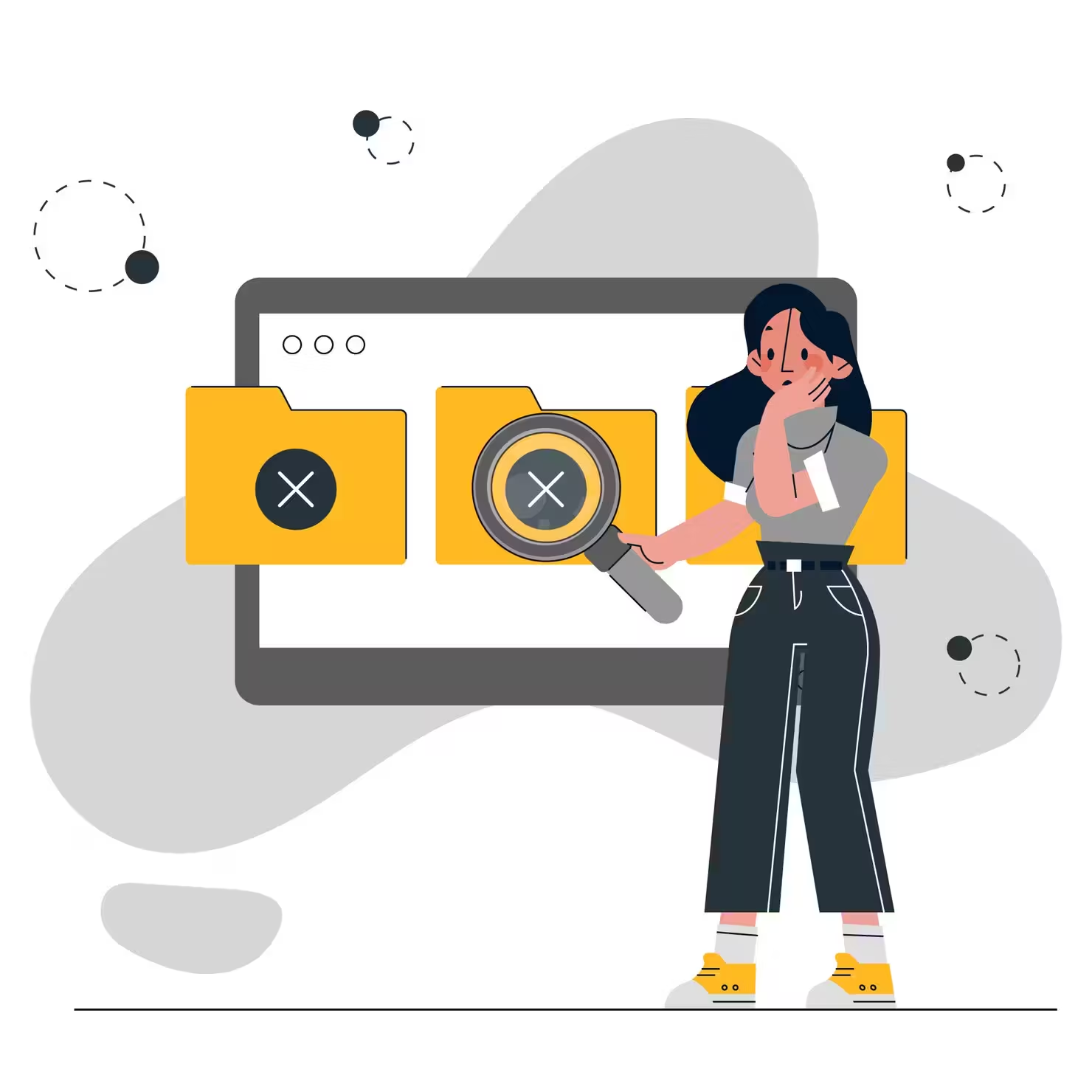
"What NOT to Do in SEO"
SEO can boost your website’s rankings, but making common mistakes can hurt your performance and even lead to penalties. 🚨
🚀 In this guide, you’ll learn:
✅ The biggest SEO mistakes that can harm your rankings.
✅ Why these mistakes are bad and how to fix them.
✅ Simple best practices to follow for long-term success.
🔹 1. Keyword Stuffing – Overloading Your Content with Keywords
❓ What Is Keyword Stuffing?
Keyword stuffing means unnaturally overusing keywords in your content just to rank higher in Google.
🚨 Example of Keyword Stuffing:
“Looking for the best SEO tips? Our SEO tips will help you improve your SEO. Follow these SEO tips for SEO success in SEO.”
👎 Why It’s Bad:
❌ Google penalizes keyword stuffing with lower rankings.
❌ Users find it unnatural, making them leave your site.
❌ Lower engagement signals tell Google your content is low-quality.
💡 How to Fix It?
✔ Use keywords naturally in sentences.
✔ Primary keyword → Use once in the title, URL, and first 100 words.
✔ Use synonyms & related keywords (Latent Semantic Indexing – LSI).
✔ Prioritize user experience & readability.
🚀 Example of a Well-Optimized Sentence:
“Want to improve your SEO? Follow these beginner-friendly SEO techniques to rank higher on Google.”
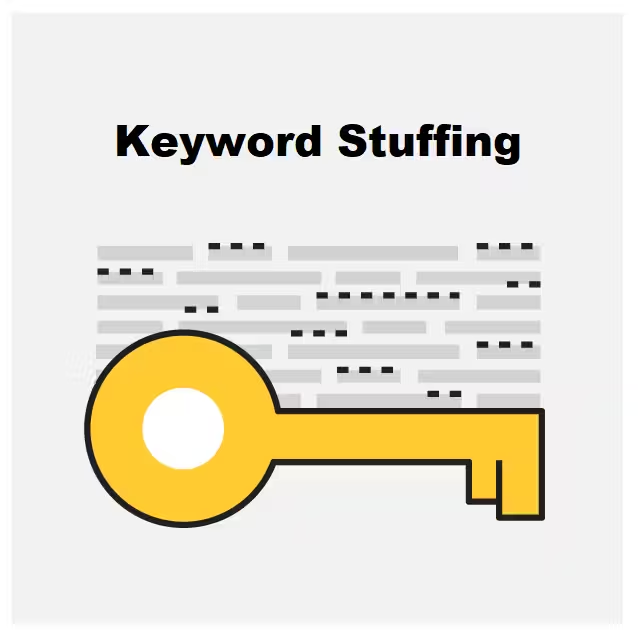
🔹 2. Ignoring Mobile Optimization
❓ What Is Mobile Optimization?
📱 Mobile optimization ensures your site looks & works great on smartphones and tablets.
Since Google prioritizes mobile-friendly sites, ignoring mobile SEO = lower rankings!
👎 Why It’s Bad:
❌ Poor user experience (users leave if they struggle to read or navigate).
❌ Higher bounce rate, leading to lower rankings.
❌ Google’s Mobile-First Indexing favors mobile-friendly sites.
💡 How to Fix It?
✔ Use a responsive design (your site should adapt to all screen sizes).
✔ Test mobile-friendliness with Google’s Mobile-Friendly Test Tool → Test Here.
✔ Use larger fonts & buttons (text should be readable without zooming).
✔ Enable lazy loading to improve mobile page speed.
✔ Compress images for faster load times on mobile.
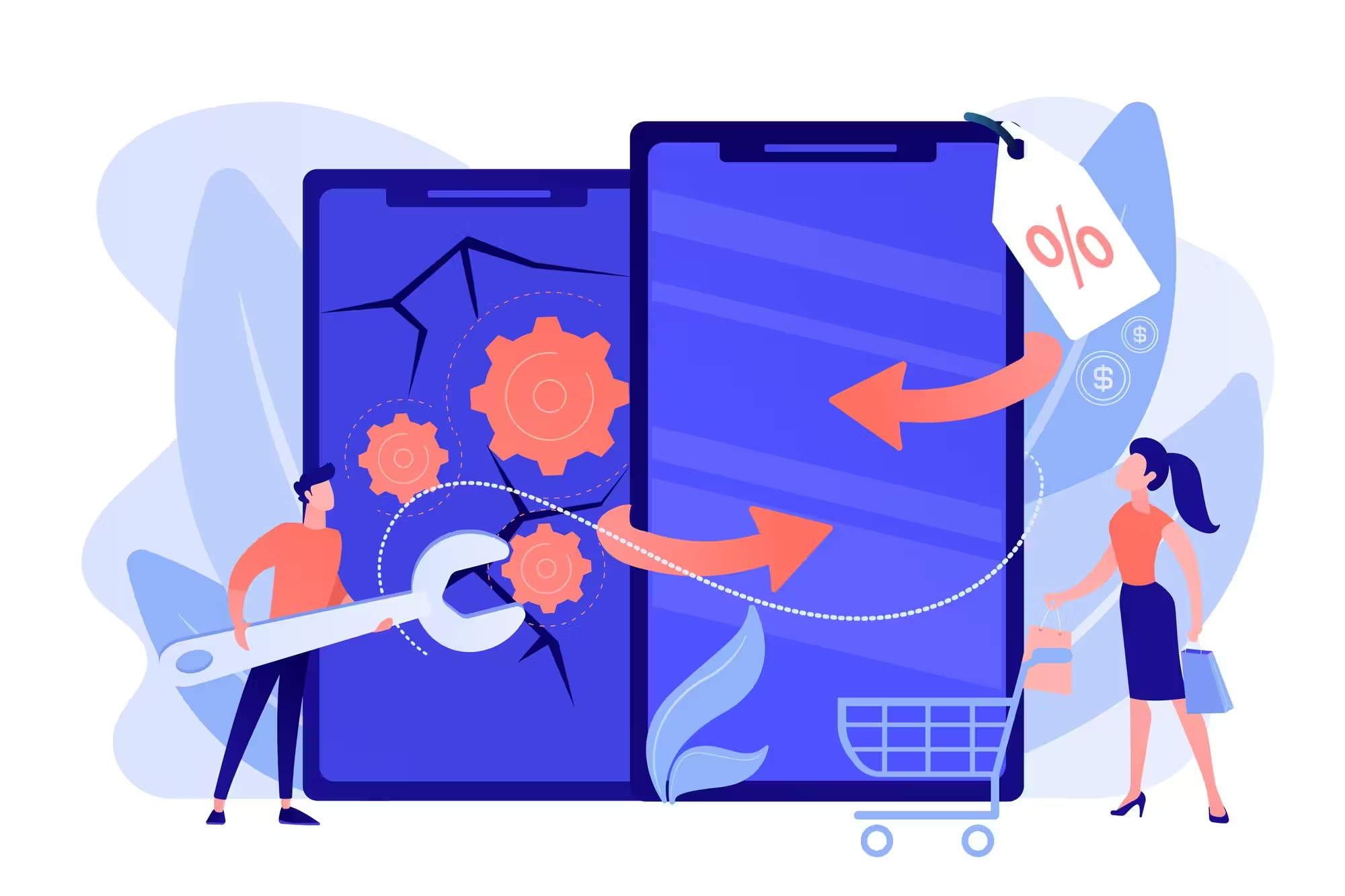
🔹 3. Buying Backlinks (Why It’s Bad)
❓ What Are Paid Backlinks?
Backlinks are links from other websites to yours. Buying backlinks is when you pay for links instead of earning them naturally.
👎 Why Buying Backlinks is Bad?
❌ Google penalizes paid links (manual penalty or algorithmic demotion).
❌ Low-quality or spammy backlinks can damage your domain authority.
❌ Unnatural link patterns can get your site deindexed.
💡 What to Do Instead? (Safe Link-Building Techniques)
✔ Earn natural backlinks by creating high-quality content.
✔ Use guest posting on relevant, high-authority blogs.
✔ Submit your business to relevant directories & citations.
✔ Engage in community discussions (forums, social media, Q&A sites).
📌 🔗 Free Link-Building Tools:
- Google Search Console → Find & monitor backlinks.
- Ahrefs Free Backlink Checker → Check Your Backlinks.
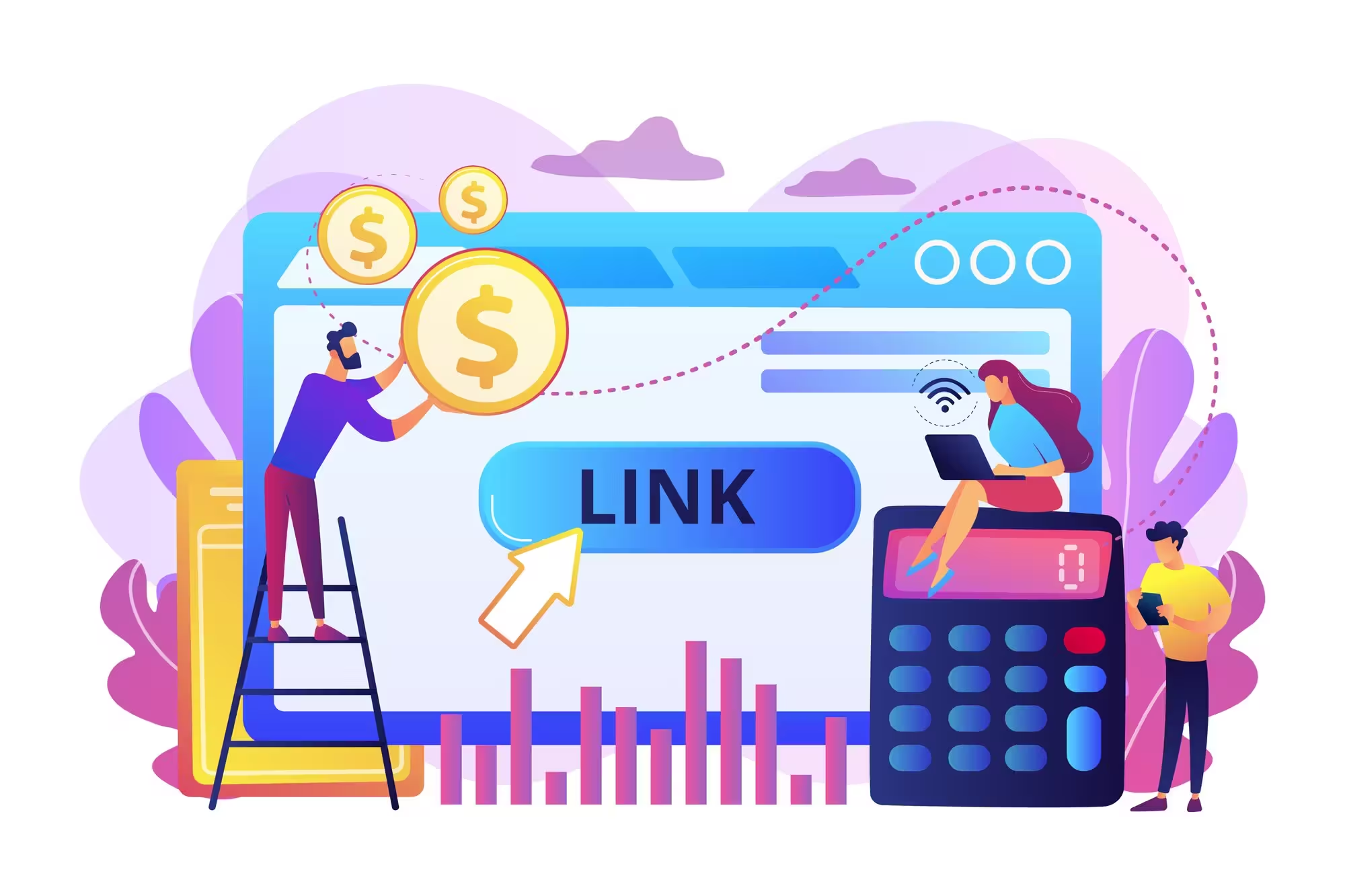
🔹 4. Ignoring Page Speed (Slow-Loading Websites)
❓ Why Page Speed Matters for SEO?
🚀 Google prioritizes fast-loading websites because users hate slow sites. If your website is slow, you lose visitors, conversions, and rankings!
👎 Why Slow Page Speed is Bad?
❌ Higher bounce rates (people leave before the page loads).
❌ Lower conversions (slower sites lose sales).
❌ Google’s Core Web Vitals measures speed as a ranking factor.
💡 How to Fix Slow Page Speed?
✔ Test your page speed with Google PageSpeed Insights → Check Speed Here.
✔ Compress images (use WebP format instead of large PNGs or JPEGs).
✔ Enable browser caching (stores files locally to load pages faster).
✔ Use a CDN (Content Delivery Network) to improve speed globally.
✔ Minimize JavaScript & CSS files (reduce file sizes for faster loading).
✔ Avoid heavy plugins that slow down WordPress sites.
📌 🚀 Use AJDWP-SEO-Checklist Plugin to check page speed & get quick fixes!
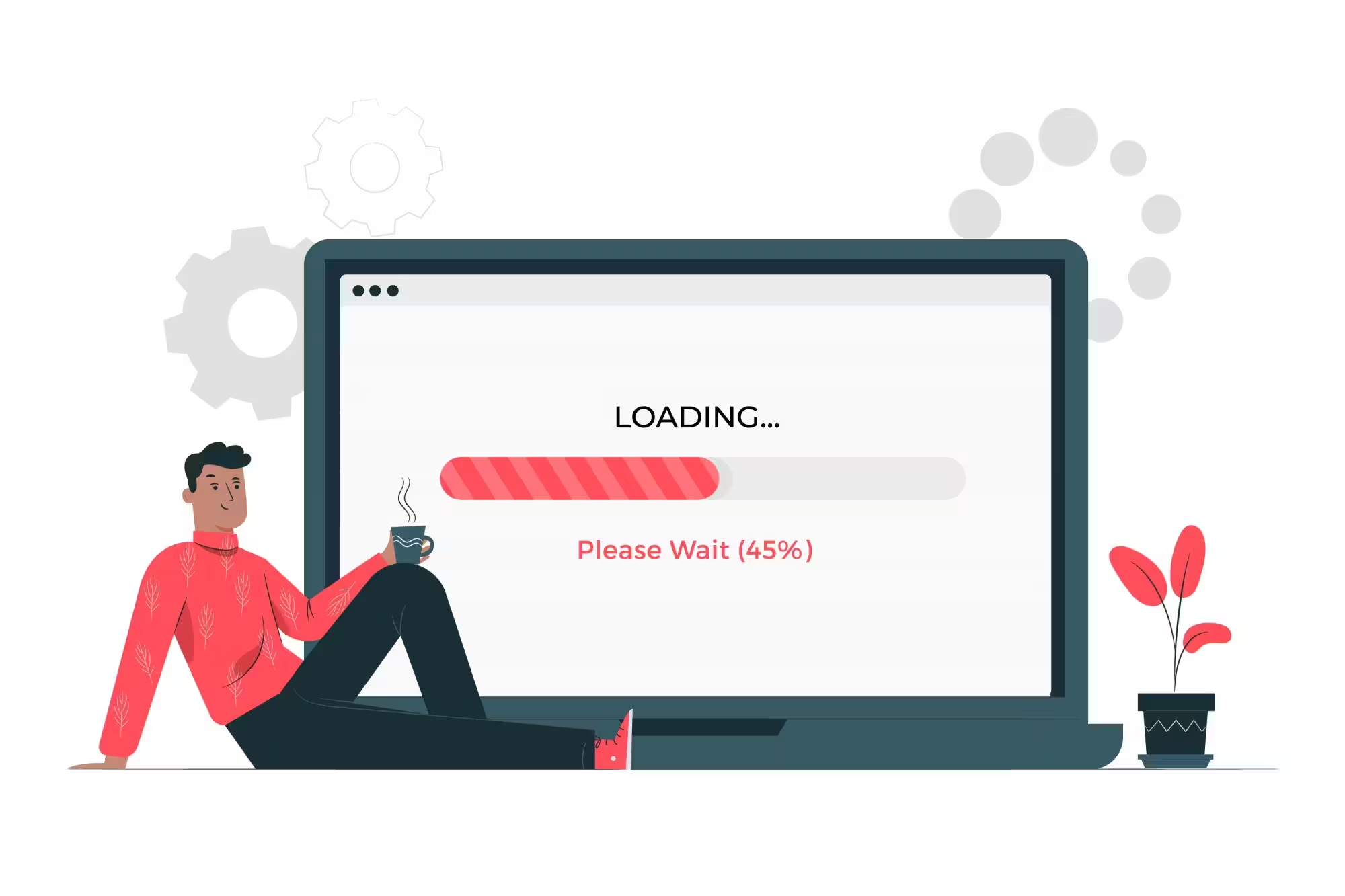
🚀 Final Takeaways (SEO Mistakes to Avoid Summary)
⛔ DO NOT overuse keywords → Use them naturally and add LSI keywords.
⛔ DO NOT ignore mobile optimization → Test & improve mobile-friendliness.
⛔ DO NOT buy backlinks → Earn high-quality backlinks naturally.
⛔ DO NOT ignore site speed → Optimize images, enable caching & fix slow-loading pages.
✅ Fixing these common SEO mistakes will improve rankings, traffic & user experience!
📌 🚀 Need a fast way to check SEO mistakes?
Use the AJDWP-SEO-Checklist Plugin to track SEO errors and optimize pages easily!
- WordPress SEO Tutorial for Beginners 2025
- Understanding SEO Basics
- How to Find the Right Keywords
- Optimizing Your Pages for Google
- Making Your Site Easy for Google to Read
- Building Trust with Google
- How to Rank in Local Searches
- How to Check If Your SEO is Working
- What NOT to Do in SEO
- What’s Next After This Course?